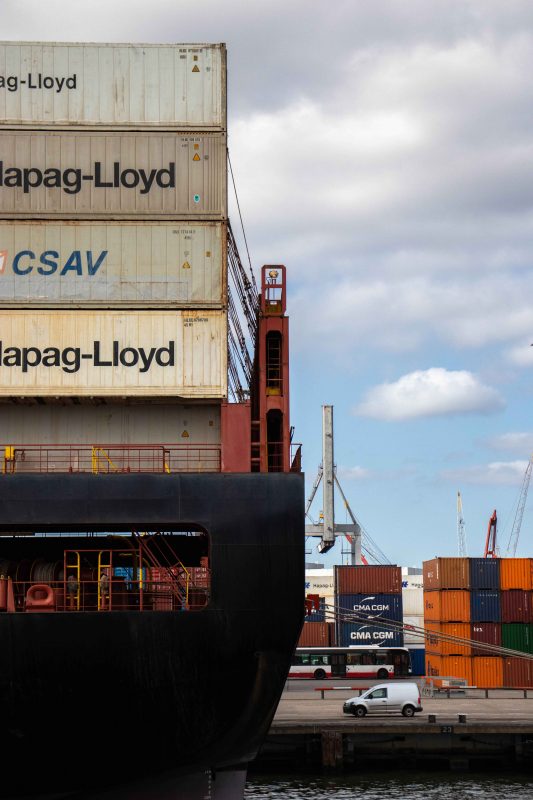Shipping Container 2021: Why container price keeps surging?
Shipping Container price have increased dramatically and fierce bids for ocean freight capacity is the new scenario. New capacity are only slowly coming in, while freight rates are expected to continue to reach new hikes this year and will likely stay much higher than before pandemic happened.
Shipping container prices have been surging since the August last year, but the first months of the year 2021 have seen a new surge in prices across different freight rates, along all major trade routes.
Rising global demand will continue to be met with limited increases in shipping capacity, worsen by the disruptive effects of local lockdowns.
Below are the 3 main factors why container price keeps increasing, and will likely continue to do so.

1. Poor circulation of containers since the onset of the pandemic. Slow return of empty containers in some cities experiencing suspension of economic activities.
Problems that had built up from the beginning of the pandemic have included imbalances in the production and demand for goods, with countries locking down and opening up at different times, as well as shipping companies cutting the capacity on major routes and shortages of empty containers. As the recovery has progressed, global demand has recovered strongly, especially in the sectors which are most closely linked to international trade in goods. Competition for ocean freight capacity has intensified as economies open up further and inventories are rebuilt across the several links of supply chains.
Blank sailings continued to cut 10% of scheduled capacity through the first quarter of the year. Cancellations have partly been a response to delays, so while the system remains congested, shipping capacity may continue to be taken out of the system at short notice. This causes shipping container’s quantity to become even more limited.

2. Sudden surge in exports amid imbalance of shipping containers
A lack of alternatives to ocean freight means more people will be opting and relying on ocean freight instead. Alternative modes of transportation such as shipment by air or via train, their capacity is currently limited, and tariffs have spiked as well.
Some countries are already exporting more goods than they did before the pandemic, while in others, including the US, exports continue to fall behind the overall recovery in output. Trade in goods will increase even more while not only the major trading countries, but also their trade partners, continue recovering. With the competition for ocean freight capacity set to remain, the unbalanced recovery will continue to worsen some of the problems for world trade, including empty containers left at ports. It all adds up to more pressure on freight rates in the near term.

3. Covid-19 measures causing congestions in ports and longer time for goods clearance
However, there are some signs that average performance will start to improve as the share of vessels reaching their destinations on time stopped sliding in April, and average delays improved. But overall performance remains the lowest it has been in ten years of records.
At the same time, the pandemic is still leading to disruptions. Even though operations have resumed, congestion and the continuing need for measures to stop the spread of Covid-19 mean delays continue to happen. Overall, port congestions and delays leads to more shipping container being stuck on the shipping liner, which causes containers at port being unable to move out to meet the demands. Once limited quantities meets over limit demands, shipping container price and freight rates then increase.


If you would like to buy/rent shipping containers, or explore the feasibility of using repurposed shipping containers for your premises, feel free to speak to us today.
 Singapore
Singapore Australia
Australia Indonesia
Indonesia Japan
Japan Malaysia
Malaysia New Zealand
New Zealand Philippines
Philippines South Korea
South Korea Taiwan
Taiwan Thailand
Thailand VIETNAM
VIETNAM

